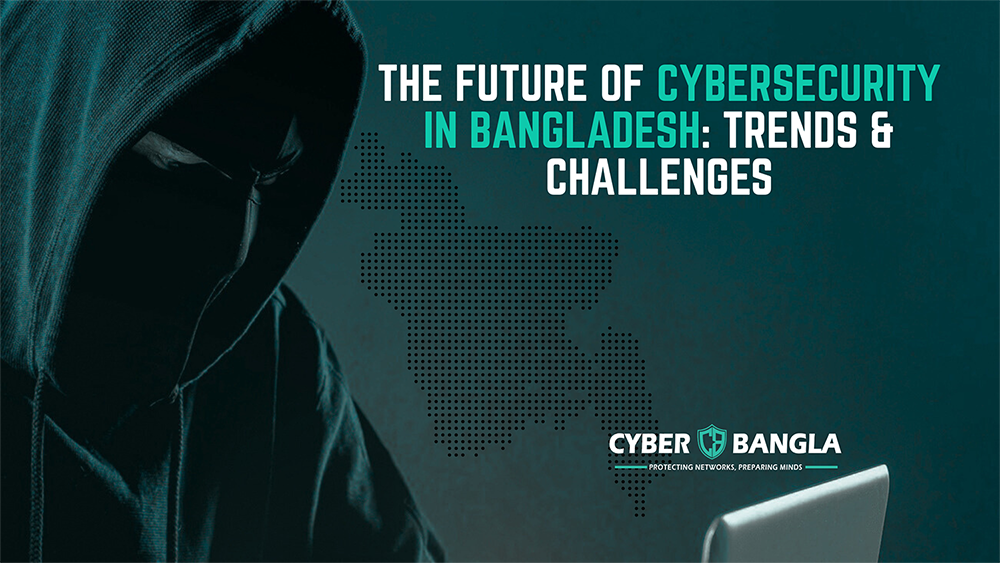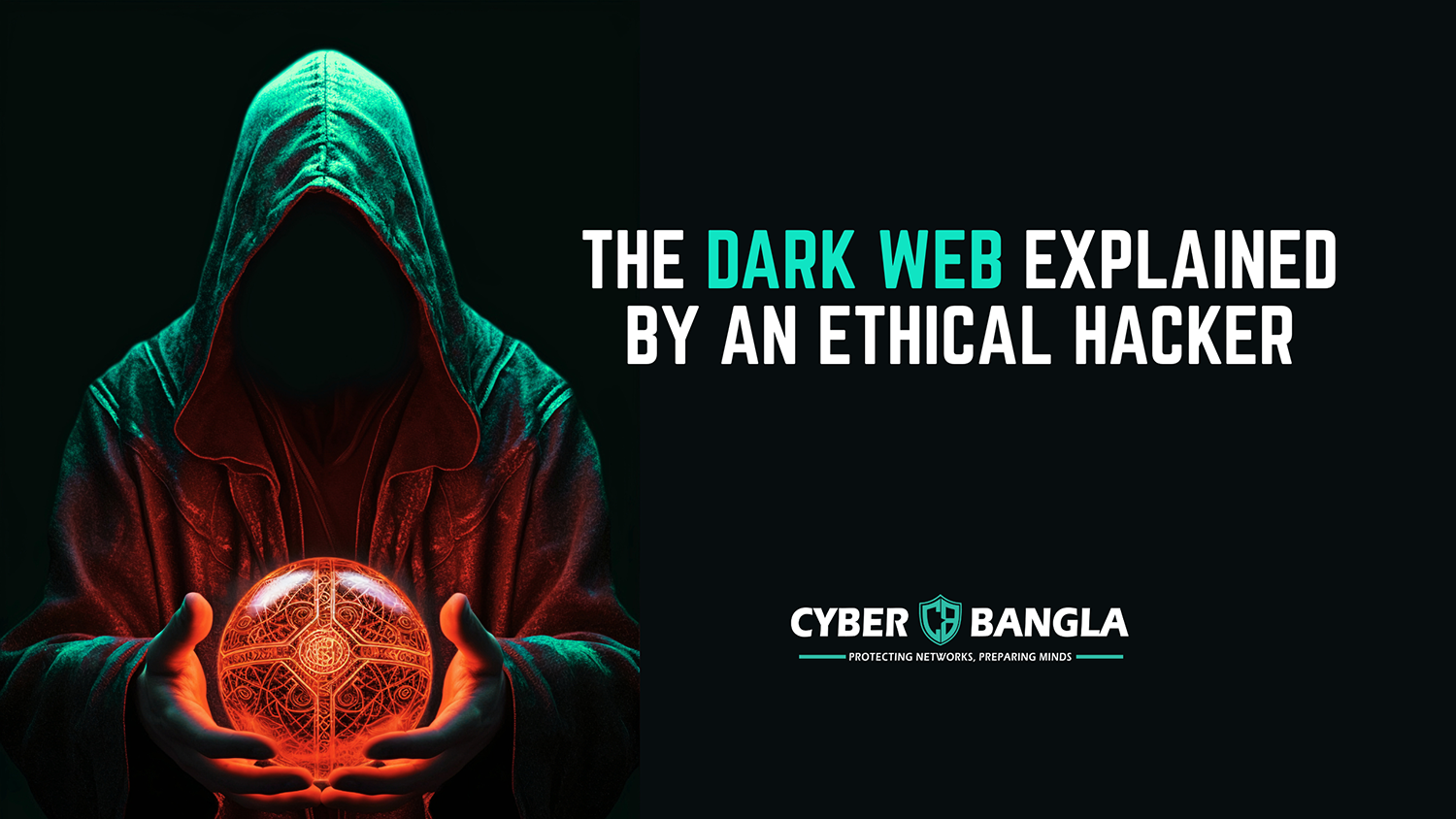Bangladesh is undergoing a monumental digital transformation. From ambitious government initiatives like "Digital Bangladesh" to the rapid proliferation of mobile banking and e-commerce, the nation is connecting at an unprecedented pace. The numbers tell a compelling story: with over 126 million internet users, the country is a key player in the global digital economy. Yet, this rapid digitalization has created a new paradox, opening up a vast digital frontier that is both an engine for economic growth and a new battleground for cyber threats. By one estimate, the country has faced over 63 million cyberattacks in a single year, revealing a pressing need to fortify its digital defenses.
The Current Landscape: A Tense Reality
The history of Bangladesh’s cyber vulnerabilities is marked by a series of high-profile incidents that have served as stark wake-up calls. The most infamous, the 2016 Bangladesh Bank heist, saw hackers attempt to steal nearly a billion dollars from the central bank’s account at the Federal Reserve Bank of New York. Although most of the fraudulent transactions were blocked, a staggering $81 million was successfully siphoned off. This wasn't just a financial crime; it was a global alert that the country's critical infrastructure was dangerously exposed.
More recently, attacks on institutions like City Bank PLC and state-owned telecom provider Teletalk have highlighted a persistent lack of preparedness. The City Bank breach, which involved the sale of sensitive client data on underground forums, exploited weaknesses in authentication systems. These incidents are not isolated; they are symptoms of a deeper, systemic problem.
Despite these challenges, the cybersecurity market is growing robustly. Valued at an estimated USD 218.15 million in 2025, it is projected to more than double to USD 444.53 million by 2030. The growth is most pronounced in the Banking, Financial Services, and Insurance (BFSI) sector, which accounts for nearly 30% of the market, while the healthcare sector is the fastest-growing vertical. This growth is a direct response to the escalating threat landscape.
The Challenges: Barriers to Resilience
Bangladesh faces several key challenges that stand in the way of its cyber resilience.
- A Pervasive Skills Gap: This is perhaps the most critical challenge. A study by the Bangladesh Institute of Bank Management (BIBM) found that over 54% of bank employees have "inadequate knowledge of IT security". This skills gap is so severe that it is estimated to reduce the overall market growth rate by 2.4%. As a result, many organizations are forced to outsource their security needs, a trend clearly reflected in the dominance of the services segment in the market.
- Cultural and Investment Barriers: Many businesses, especially senior management, still view cybersecurity as an "additional cost" rather than a strategic necessity. This mindset leads to underinvestment, with the banking sector, for example, allocating only about 5% of its IT budget to security. Experts also point to a troubling "culture of playing hide-and-seek" where companies are reluctant to report cyberattacks, making a national-level response nearly impossible.
- An Evolving Legal Framework: The regulatory environment has been a source of significant instability. The controversial Digital Security Act (DSA) 2018 and its successor, the Cyber Security Act (CSA) 2023, were widely criticized for being used to stifle dissent and freedom of expression. While the interim government's recent repeal of the CSA and introduction of the Cyber Security Ordinance (CSO) 2025 is a welcome step, it still retains clauses that allow for warrantless arrests and contain vague provisions.
The Road Ahead: Trends and Opportunities
Looking to the future, Bangladesh’s cybersecurity landscape will be defined by a few key trends.
- The Rise of AI and IoT: Cybercriminals are increasingly using artificial intelligence and machine learning to create smarter, more adaptive malware. At the same time, the government’s “Smart Bangladesh” initiatives will lead to a proliferation of internet-connected devices (IoT), each creating a new entry point for hackers. This will drive demand for innovative, AI-driven security solutions.
- Sector-Specific Growth: While BFSI will continue to be a prime target, the healthcare sector is projected to have the highest growth. The implementation of the "Bangladesh Digital Health Strategy 2023-2027," which aims to digitize medical records and implement telemedicine, will make the industry a major focus for cybercriminals seeking sensitive patient data.
- SMEs as New Targets: While large enterprises have historically been the main targets, small and medium-sized enterprises (SMEs) are the fastest-growing segment in the cybersecurity market. Cybercriminals are increasingly targeting these businesses, which often lack the resources for robust security measures. This makes them "low-hanging fruit" and underscores the need for tailored, affordable security solutions for this crucial segment of the economy.
The Way Forward
To navigate this complex landscape, Bangladesh must take decisive action.
- Invest in People: The nation must prioritize a national-level effort to build a skilled cybersecurity workforce. This includes creating dedicated training institutes and collaborating with international firms to offer certifications and specialized programs.
- Foster Public-Private Partnerships: Collaborative efforts, such as the Bangladesh Safe Internet Forum initiated by Robi Axiata, are crucial for raising public awareness and building a united front against cybercrime.
- Strengthen the Legal Framework: The government must go beyond repealing old laws and establish a truly progressive legal framework. This includes enacting a comprehensive data protection act and ensuring new laws have clear provisions and independent oversight to prevent misuse.
The stakes are incredibly high. By taking proactive steps today, Bangladesh can transform its cybersecurity posture from a national liability into a key pillar of its digital future.



